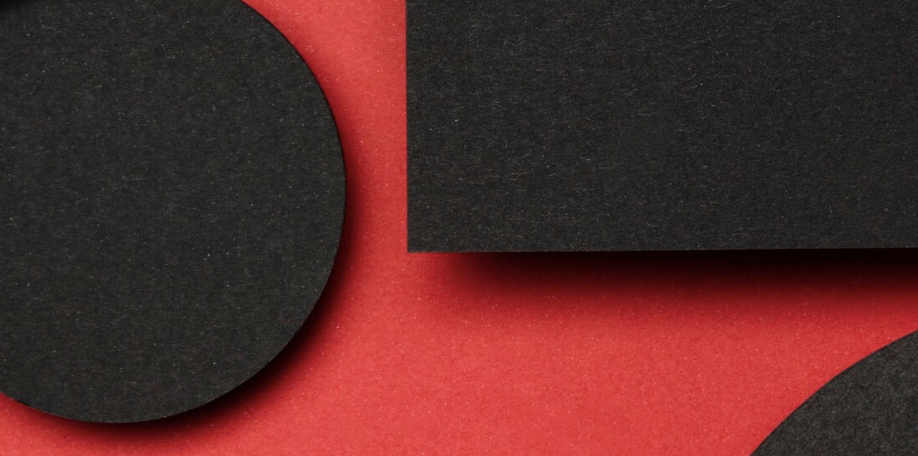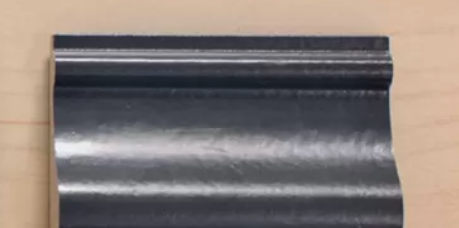
Quick Look
| Hardness | Tensile Strength (Mpa) | Young's Modulus (Mpa) | Elongation at Break, % | Impact Strength (KJ/m²) |
|---|---|---|---|---|
| 78-82 Shore D | 80-82 | 2100 | 15-17 | >100 |
About the Material
Here’s an overview of the ABS-Like material for Urethane Casting on the AutofabX platform, including its advantages, limitations, physical properties, design parameters, and more:
ABS-Like Material Advantages:
Aesthetic Quality: ABS-Like materials can mimic the look and feel of standard ABS plastic, providing a smooth, glossy surface finish for parts.
High Strength: It offers good tensile and flexural strength, making it suitable for functional prototypes and end-use parts that need durability.
Good Impact Resistance: ABS-Like has superior impact resistance, which is ideal for parts exposed to physical stress or potential damage.
Good Dimensional Stability: It holds its shape well, even in parts exposed to minor temperature changes or long-term use.
Versatility: ABS-Like materials are well-suited for a wide range of industries and applications, from automotive parts to consumer electronics.
ABS-Like Material Limitations:
Lower Heat Resistance: ABS-Like materials generally have a limited heat tolerance compared to specialized high-temperature plastics, typically only handling temperatures up to 90-100°C.
UV Degradation: Like most ABS-based materials, it is prone to degradation from prolonged exposure to UV light unless surface treatments or coatings are applied.
Chemical Resistance: While ABS-Like offers some chemical resistance, it may not perform well in highly corrosive environments or with strong solvents.
Cost: ABS-Like materials can be more expensive compared to more basic, general-purpose urethane materials.
Physical Properties Table for ABS-Like:
| Property | Value/Description |
|---|---|
| Hardness (Shore D) | 85-90 |
| Density | 1.15-1.20 g/cm³ |
| Cubic Inches per Pound | 23-24 |
| Color | Black, Custom Colors |
| Tensile Strength | 40-60 MPa |
| Tensile Modulus | 1500-2000 MPa |
| Elongation at Break | 4-8% |
| Flexural Strength | 70-100 MPa |
| Flexural Modulus | 2000-2500 MPa |
| Shrinkage (linear) | 0.5-0.7% |
| Impact Strength | 10-20 kJ/m² |
| Bending Strength | 70-90 MPa |
| Glass Transition Temperature | 95-105°C |
| Maximum Pouring Thickness | 10-15 mm |
| Demold Time | 1-2 hours |
Chemical Properties Table:
| Property | Value/Description |
|---|---|
| Water Absorption | Low (<0.3%) |
| Acid Resistance | Moderate |
| Alkali Resistance | Moderate |
| Oil Resistance | Good |
| Solvent Resistance | Moderate |
Design Parameters:
| Maximum Bulid Size (mm) | Minimum Wall Thickness (mm) | Minimum Assembly Gap (mm) | Tolerance | Minimum End Mill Size (mm) | Minimum Drill Size (mm) |
| 2000x2000x500 | 1 | 0.2 | 0.50% | / | / |
Industry Applications and Customer Case Studies:
Automotive: ABS-Like materials are widely used for automotive components such as dashboards, trim pieces, and functional prototypes, providing strength and a smooth finish.
Consumer Electronics: It is commonly used for electronic enclosures and housing for devices where aesthetic quality and strength are important.
Prototyping: ABS-Like is an excellent material for creating functional prototypes that resemble the performance of injection-molded ABS.
Industrial Equipment: Suitable for durable parts that need to withstand moderate physical stress, such as housings and non-critical functional components.
Toys and Household Goods: Often used for producing parts in consumer goods where strength, impact resistance, and a good finish are necessary.
Frequently Asked Questions (FAQs):
What is the maximum temperature that ABS-Like can withstand?
ABS-Like materials typically perform well up to about 90-100°C. For higher temperature resistance, materials with better thermal properties should be considered.
Can ABS-Like be painted or coated?
Yes, ABS-Like can be painted or coated, but surface preparation such as sanding or priming may be needed for better adhesion.
Is ABS-Like UV resistant?
ABS-Like is susceptible to UV degradation over time. For prolonged outdoor exposure, it is recommended to apply protective coatings or use additional UV inhibitors.
What is the demold time for ABS-Like?
Demold time typically ranges from 1 to 2 hours, depending on the size and complexity of the part being cast.
Can ABS-Like be used for high-stress parts?
ABS-Like is suitable for most general applications, but for high-stress environments, a stronger material with higher tensile or impact resistance may be necessary.
Is ABS-Like suitable for food contact applications?
ABS-Like is not typically certified for food-safe applications unless specified by the manufacturer. Always consult with the supplier for material certification for specific applications.
ABS-Like materials offer a great balance between performance, appearance, and cost, making them a solid choice for many rapid prototyping and low-volume production needs. However, testing and careful consideration of application requirements are recommended for best results.
Finishing Options








Parts Made by AutofabX
